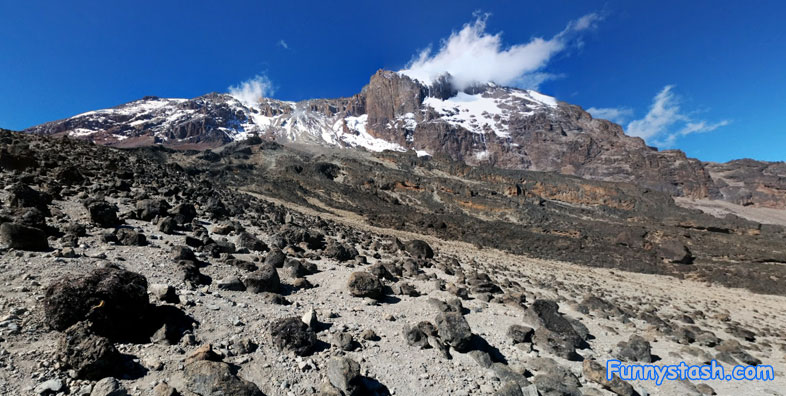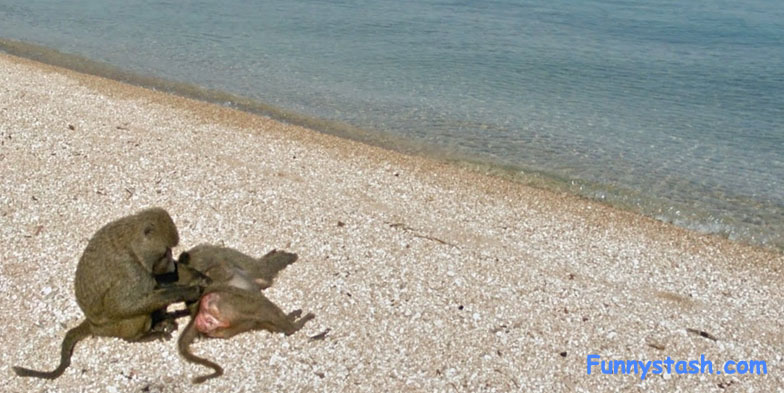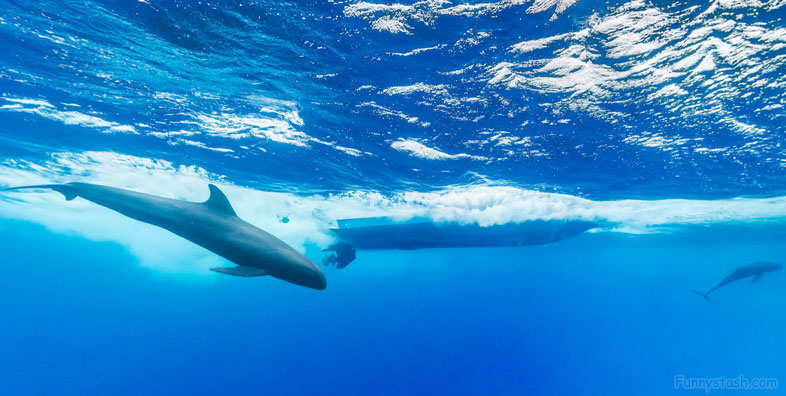Gps Coordinates / 5.8586798,-162.1049957
Palmyra Atoll Refuge U-S Whales Ocean Gps Locations
Palmyra Atoll National Wildlife Refuge, United States
The melon-headed whale, also, less commonly, known as the electra dolphin, little killer whale, or many-toothed blackfish, is a small- to medium-sized toothed whale of the oceanic dolphin family.
Link Location Gps -162.1048279
Gps Coordinates / 5.8588037,-162.1048279
Melon-headed whales (Peponocephala electra) around Palmyra Atoll in the Central Pacific Ocean display an unusual, distinct, daily activity pattern of nearshore habitat use similar to the regular daily cycles of inshore resting and socializing shown by spinner dolphins. The IMMA includes the nearshore waters of the atoll along the north and south coasts which are important for the resting and socializing of the Melon-headed whale aggregations.
Link Gps Location Gps / Link Gps -162.1047363 / Link Gps -162.1045532 / Link Gps -162.1044159
Gps Coordinates / 5.8589215,-162.1047363 / 5.8591294,-162.1045532 / 5.8593402,-162.1044159
Melon-headed whales have been regularly recorded in aggregations of several hundred individuals in inshore areas around Palmyra Atoll (Brownell et al. 2009). The whales display a distinct daily activity pattern of unusual near-shore habitat use, and stay close to the reef during morning to midday to rest. They can be observed resting along the north and south shore in the vicinity of land, never around the open eastern or western terrace. They remain in waters at least 100 m deep but never enter the atoll’s lagoon (Brownell et al. 2009).































